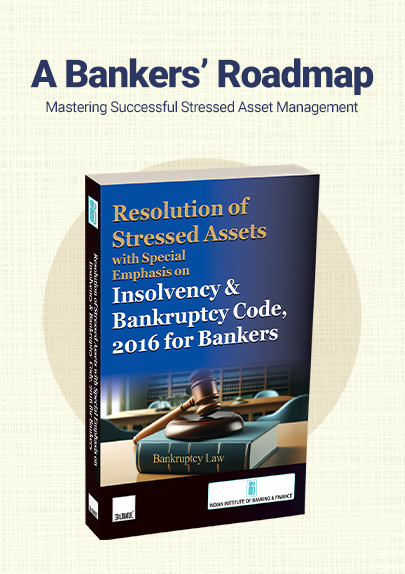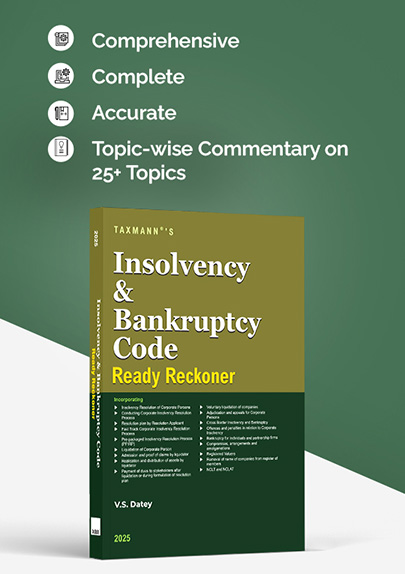Petitioner Falls Under RBI’s Wilful Defaulters for Failing to Make Default Good Despite Bank’s Claim u/s 13(4) of SARFAESI | HC
- Blog|News|FEMA & Banking|
- 2 Min Read
- By Taxmann
- |
- Last Updated on 25 February, 2025
Case Details: MKN Investment (P.) Ltd. v. State Bank of India - [2025] 171 taxmann.com 202 (Calcutta)
Judiciary and Counsel Details
- Sabyasachi Bhattacharyya, J.
-
Mainak Bose, Sr. Adv., Rishabh Karnani, Pranav Sharma, Advs. for the Petitioner.
-
Joy Saha, Sr. Adv., Anirban Pramanik, Punarbasu Nath, Ms Bhaggasree Dey, Advs. for the Respondent.
Facts of the Case
In the instant case, MKN Investment (P.) Ltd. (the petitioner) was a personal guarantor for a loan taken by EMC Limited, the principal borrower, from a consortium of banks led by the State Bank of India (SBI). The principal borrower defaulted on loan repayment, triggering proceedings under the Master Circular for Declaration of Wilful Defaulters issued by the Reserve Bank of India (RBI) on 1-7-2015.
The Wilful Defaulter Identification Committee (IC) declared the borrower, its Managing Directors, and the petitioner as Wilful Defaulters, a decision later upheld by the Review Committee (RC). The petitioner challenged this classification through a writ petition, which was dismissed, leading to an appeal before the Division Bench.
The petitioner argued that, as a personal guarantor, it was entitled to protection under Clause 2.6 of the Master Circular, which required the bank to make a demand before classifying a guarantor as a Wilful Defaulter. The petitioner further contended that its secured assets had been sold under Section 13(4) of the SARFAESI Act, which deprived it of the financial ability to meet the debt obligations. However, the respondents (SBI) countered that the petitioner had sufficient means at the time of default but chose not to comply, thereby justifying its classification as a Wilful Defaulter.
High Court Held
The Calcutta High Court observed that the petitioner had failed to raise these arguments during the original writ proceedings, despite having ample opportunity before both the IC and RC. The court further noted that allowing a review petition to introduce new arguments would set a dangerous precedent and amount to an abuse of the review jurisdiction. Additionally, since the petitioner’s financial means at the time of default were sufficient, its refusal to meet debt obligations fell within the ambit of Clause 2.6 of the Master Circular.
Accordingly, the review petition was dismissed, affirming that the petitioner remained a Wilful Defaulter and reinforcing the principle of finality of judicial orders.
Disclaimer: The content/information published on the website is only for general information of the user and shall not be construed as legal advice. While the Taxmann has exercised reasonable efforts to ensure the veracity of information/content published, Taxmann shall be under no liability in any manner whatsoever for incorrect information, if any.

Taxmann Publications has a dedicated in-house Research & Editorial Team. This team consists of a team of Chartered Accountants, Company Secretaries, and Lawyers. This team works under the guidance and supervision of editor-in-chief Mr Rakesh Bhargava.
The Research and Editorial Team is responsible for developing reliable and accurate content for the readers. The team follows the six-sigma approach to achieve the benchmark of zero error in its publications and research platforms. The team ensures that the following publication guidelines are thoroughly followed while developing the content:
- The statutory material is obtained only from the authorized and reliable sources
- All the latest developments in the judicial and legislative fields are covered
- Prepare the analytical write-ups on current, controversial, and important issues to help the readers to understand the concept and its implications
- Every content published by Taxmann is complete, accurate and lucid
- All evidence-based statements are supported with proper reference to Section, Circular No., Notification No. or citations
- The golden rules of grammar, style and consistency are thoroughly followed
- Font and size that’s easy to read and remain consistent across all imprint and digital publications are applied






 CA | CS | CMA
CA | CS | CMA


